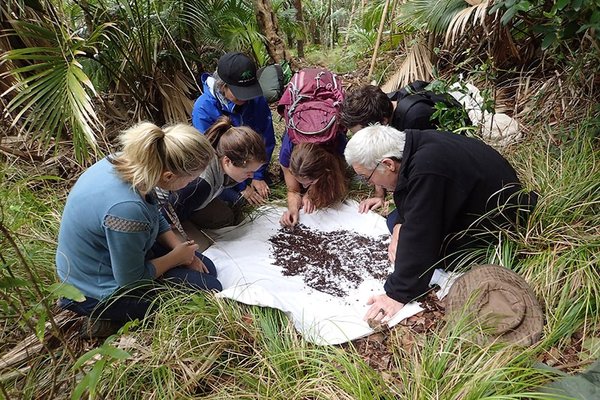Hollows as Homes citizen science project
Today is World Wildlife Day, and to recognise the occasion the Australian Museum is joining the Royal Botanic Garden Sydney and Sydney University in launching a new citizen science project called Hollows as Homes.

© Royal Botanic Gardens Sydney
In urban and agricultural areas large, hollow-bearing trees are in decline, but many species of animal rely on tree hollows. In NSW, hollow-dependent species include at least 46 mammals, 81 birds, 31 reptiles and 16 frogs. Of these, 40 species are listed as threatened with extinction. This is why the ‘loss of hollow-bearing trees’ has been listed as a Key Threatening Process.
The Hollows as Homes project will build a comprehensive picture of the hollow resources available for native wildlife across Sydney.
Supported by the Sydney Coastal Councils Group through funding from the Australian Government, the project will harness the enthusiasm of local residents to report, measure and monitor tree hollows in their backyards, streets and parks. The project builds on the Cockatoo Wingtags project and involves the same suspects. It is led by John Martin from the RBG, with Adrian Davis employed as a project officer. Richard Major (AM) and Charlotte Taylor (USyd) are co-investigators on the project.
Data generated from Hollows as Homes will inform Council plans for retaining important habitat trees, planting future habitat trees and supplementing missing habitat. Thirty local Councils are on board and will encourage their local communities to take part. Training will be available for participants through workshops and the website.
So, if you intercept any tweets, pics or posts about this project, please share them widely using the hashtag #hollowsashomes













